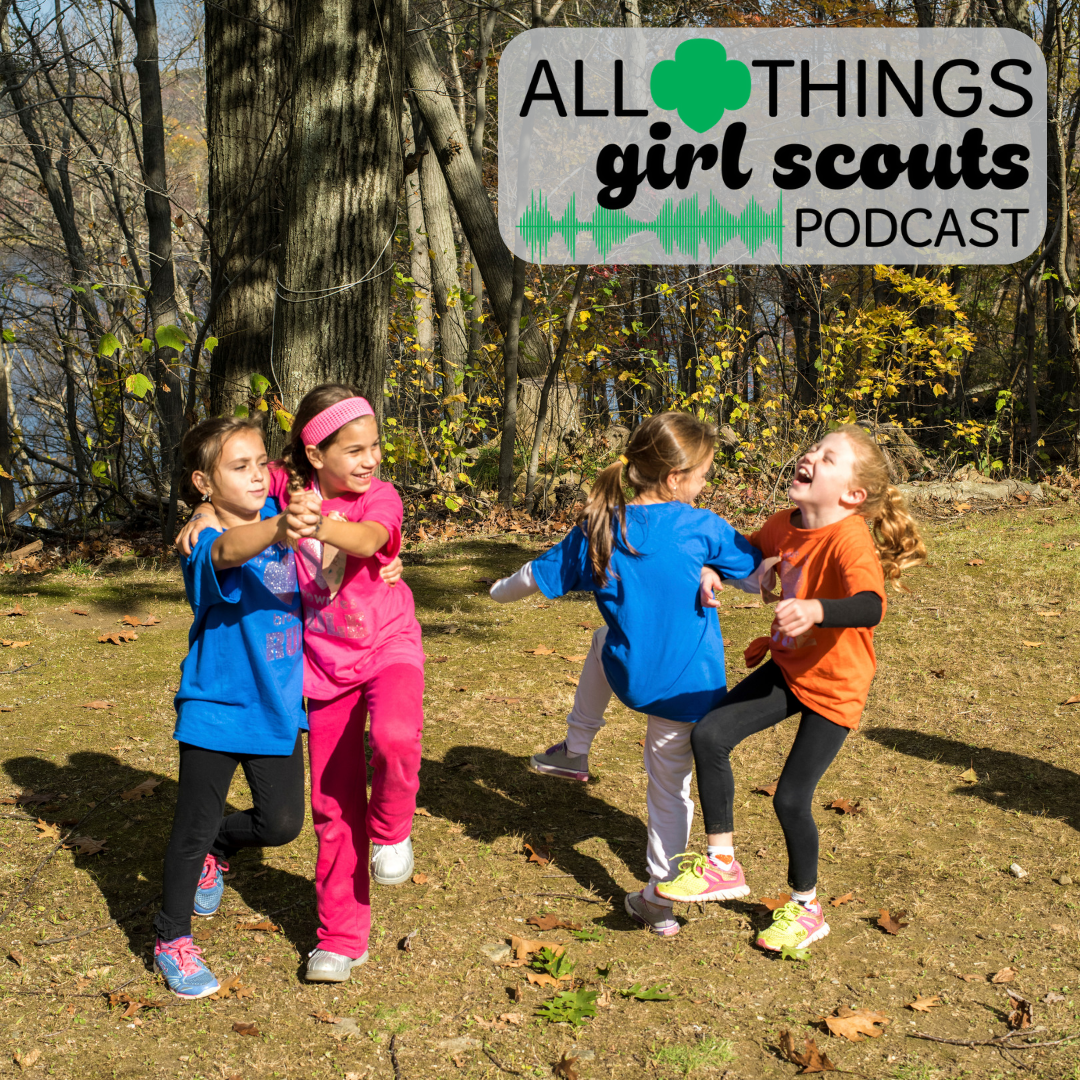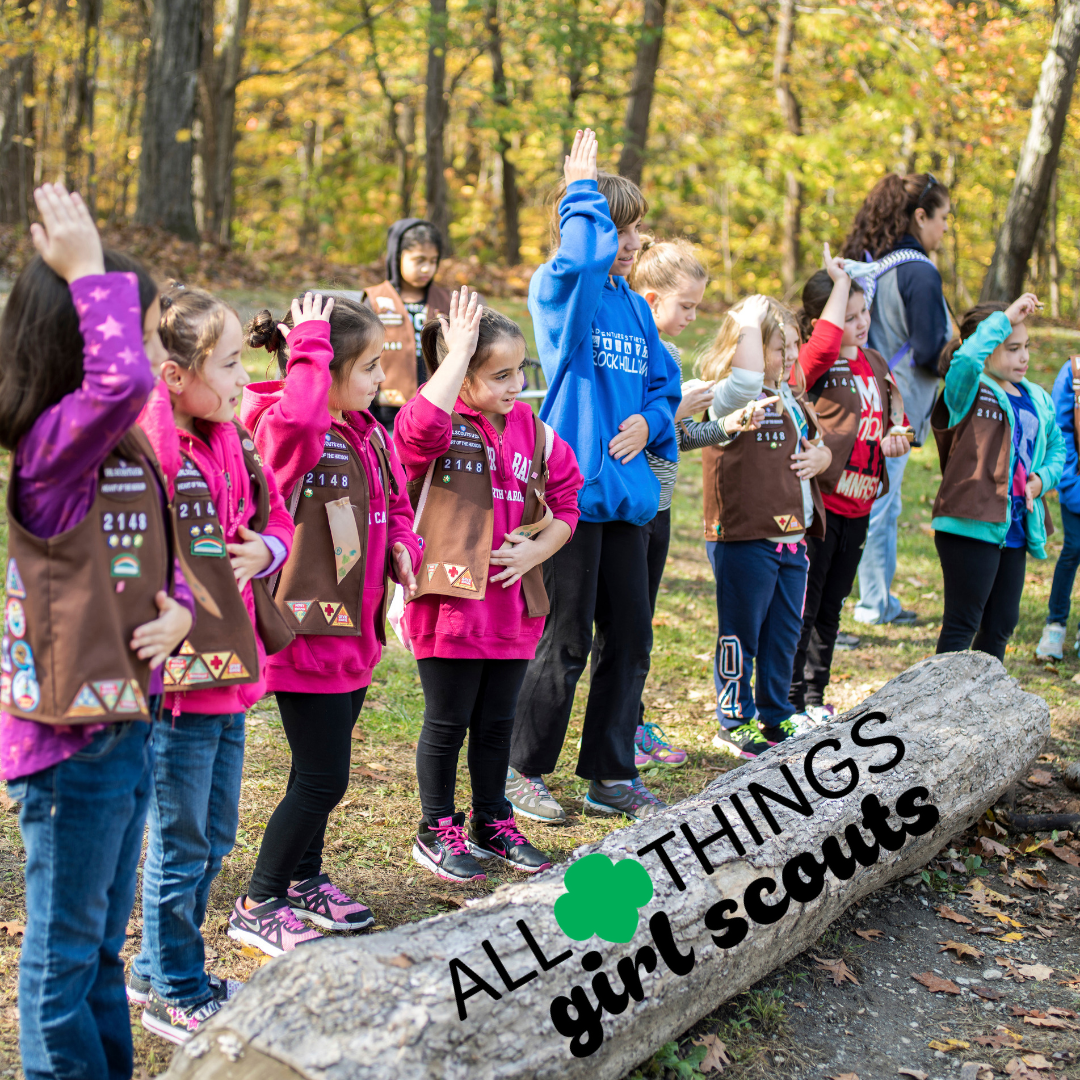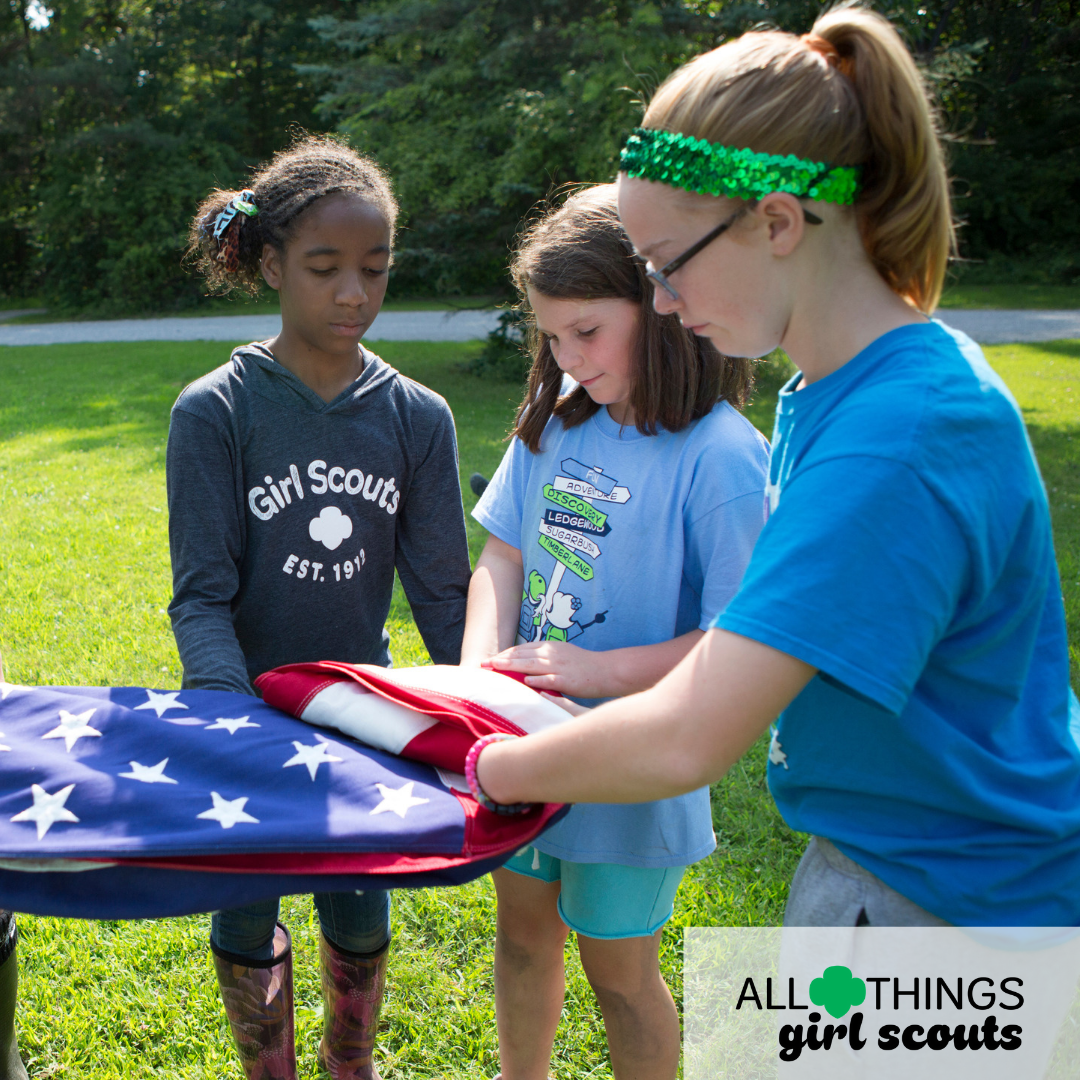Get to Know the Junior Aide Award
Who can earn the Junior Aide Award?
You guessed it, Girl Scout Juniors can earn this award.
How do girls earn the award?
Girls can earn this mentoring award by teaming up with a Daisy or Brownie troop, and make/complete a plan to help the Daisies or Brownies on their Journey.
How can you find a Daisy or Brownie troop to work with?
You might be lucky enough to meet at the same location as a younger troop, or be in easy contact with a troop. If not, ask around at your service unit meeting to see who would be interested in teaming up with your girls. Still no luck? Talk to your council contact person. They may know just the troop to set you up with.
Where can leaders find resources to help Juniors plan a Daisy or Brownie Journey?
The VTK allows troop leaders to view meeting plans from all age levels. If the troop you are helping has already selected their Journey, you can view all the meeting plans and work with Junior girls to customize it.
Where does the award go on their uniform?
Juniors place this award under their Bridge to Junior Award (or under their membership year pins if they didn’t earn that award) and above their Brownie Wings. If there are no Brownie Wings on her uniform, be sure to leave space for other pinned awards like My Promise, My Faith and the Safety Award before the badges start. To learn more about where to place badges, awards, and insignia, view these resources from GSUSA.
What is the importance of this award?
This award is the first in a series of mentoring awards that girls can earn in Girl Scouts. The Cadette Program Aide Award, Volunteer in Training Award, and Counselor in Training I and II Awards all work together to give her more and more opportunities to lead girls younger than herself. At your troop meetings, there are lots of opportunities to make group decisions and be a leader among peers. With mentoring awards, girls become role models and practice the role of authority and guide of a group younger than herself. The Junior Aide Award is not a prerequisite for any of these awards, but does offer a first step in building this type of leadership.
Where can I find more information about this award?
To learn more about the Junior Aide Award, view the handbook section of your Junior Girl’s Guide to Girl Scouting.








